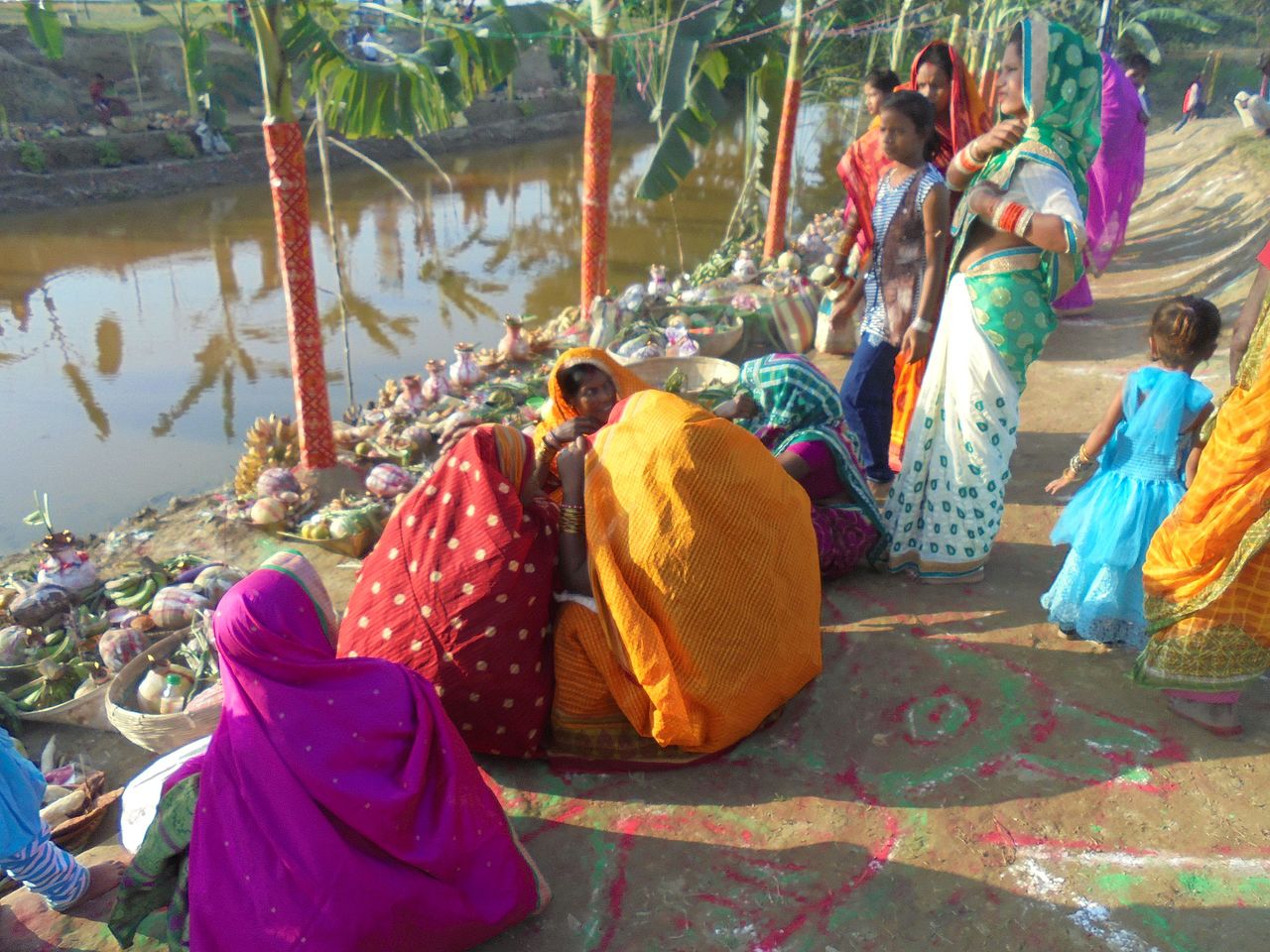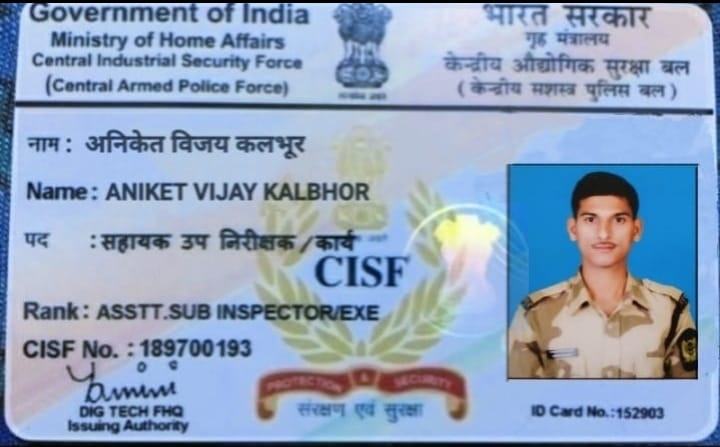Table of Contents
Sun is the God and Supreme Power
Vedas of Hindu mythology venerates Sun for being the ultimate majestic power, as a god who observes both good and evil actions.
The sun is “Divine power” and is the creator and nourisher of the Earth. Sun is the bestower of light and life to the totality of the universe. Sun is revered as a source of light which brings enlightenment or illumination to life on earth. The sun is the source of wisdom.
Chhath Pooja Rituals with Sun
Chhath Pooja is one such festival to offer salutation to the Sun to acquire wisdom and seek his blessings for the overall prosperity of the family.
http://www.omilights.com/recipe-of-thekua-eaten-in-chatth-festival/
This festival is celebrated with full zest, zeal and vigour in Bihar, Jharkhand and certain regions of Uttar Pradesh and Nepal. Chhath Puja rituals start on the sixth day of Hindu calendar month, Kartika.
Meaning of Chhath
Chhath means sixth in Nepali, Maithili and Bhojpuri languages. Also, Chhath refers to the process of consciously obtaining the solar energy through 6 stages involving the methods similar to Hath Yog.
Hath here refers to the austerities like fasting, standing in water, etc. Chhath is celebrated for a span of four days. Prayers are offered to the Sun god, devotees observe fasting and take dips into the holy waters of Ganga.
Here’s everything you need to know about the legend, significance and rituals around Chhath Puja.
Why Chhath pooja is celebrated?
Commonly two epic tales are related to the celebration of Chhath pooja are Ramayana and Mahabharata.
Chhath Story of Ramayana
Lord Rama was the 4th heir of Ikshwaku Dynasty (Suryavanshi). On returning to Ayodhya after the exile, Lord Rama and Sita observed a fast in honour of the God Sun and broke it only at the break of dawn next day– a ritual that subsequently evolved into the Chhath Puja.
http://www.omilights.com/scientific-benefits-of-chatth-pooja/
Chhath Story of Mahabharata
Kunti was awarded a boon by Sage Durvasa. She wanted to test the potency of the boon awarded to her and invoked the Sun, who awarded her with a son, Karna born with luminous celestial ear-rings and golden armour on his body. Karna religiously offered his prayers while standing in the water and distributed prasad among the needy.
Yet another story mentions that Draupadi and the Pandavas perform the Chhath rituals (worshipping Sun God) on the advice of noble sage Dhaumya in order to regain their lost kingdom, Indraprastha (modern Delhi).
4 Days Chhath Pooja Rituals
Day 1: Naha Kha/ Nahaye Khaye
Naha Kha/ Nahaye Khaye means bath and eat. On the first day of Chhath, devotees consume only one meal after taking bath. Food items like change ki daal, kheer, kaddu ki sabzi are prepared specially on this day. On the first day of Chhath Puja, devotees take a dip in the river Kosi, Karnali or Ganga and bring home the holy water from these rivers to prepare the offerings.
http://www.omilights.com/rituals-and-significance-of-chatth-pooja-pratihar-festival/
Day 2: Kharna (One Day Before of Chhath Pooja)
Devotees fast till the Kharna puja concludes. After which a combination of jaggery-laden kheer and puris is offered to the gods and distributed among those who had observed the fast. After taking the meal in the evening, they go on a fast without water for the next 36 hours.
Day 3: Pehla Arghya (On the Day of Chhath Pooja)
Make “Argyam” – water offering to the sun. Devotees observe a fast where they neither consume water nor food from dusk to dawn. They offer Prasad and Arghya to setting Lord Surya.
Goddess Chhathi Maiya is worshipped during Chhath Puja along with God Sun. She is also known as Usha in the Vedas. She is considered to be the beloved younger wife of Surya.
Day 4: Doosra Arghya/ Paaran
On the fourth and final day, the devotees go to riverbanks, water bodies, artificial water pools or ponds along with family and friends, break their long fast after offering prayers to the rising Sun.
Why Chhath Pooja During sunrise and Sunset?
Sunrise and sunset are the periods during which, then the majority of humans can safely obtain the solar energy directly from the Sun. That is why, in Chhath pooja, there is a tradition of offering arghya to Sun in the late evening and in the early morning. During these phases (one hour window after sunrise and before sunset), the ultraviolet radiation levels remain in safe limits.Happy Chhath Pooja
Frequently Asked Questions
Q: What are four days of Chhath Pooja?
Ans: Surya Shashti, Chhath, Chhathi, Chhath Parv, Dala Puja and Dala Chhath.
Q: When does Chhath Pooja start?
Ans: Chhath Pooja starts on the 6th day of the Hindu calendar month “Kartika”.
Q: When is Chhath Pooja 2022?
Ans: 30 October, 2022
Also Read:
Recipe of Thekua eaten in Chhath Festival
Scientific Reason behind Chhath Festival
Rituals, Significance and Story behind Chhath Festival





